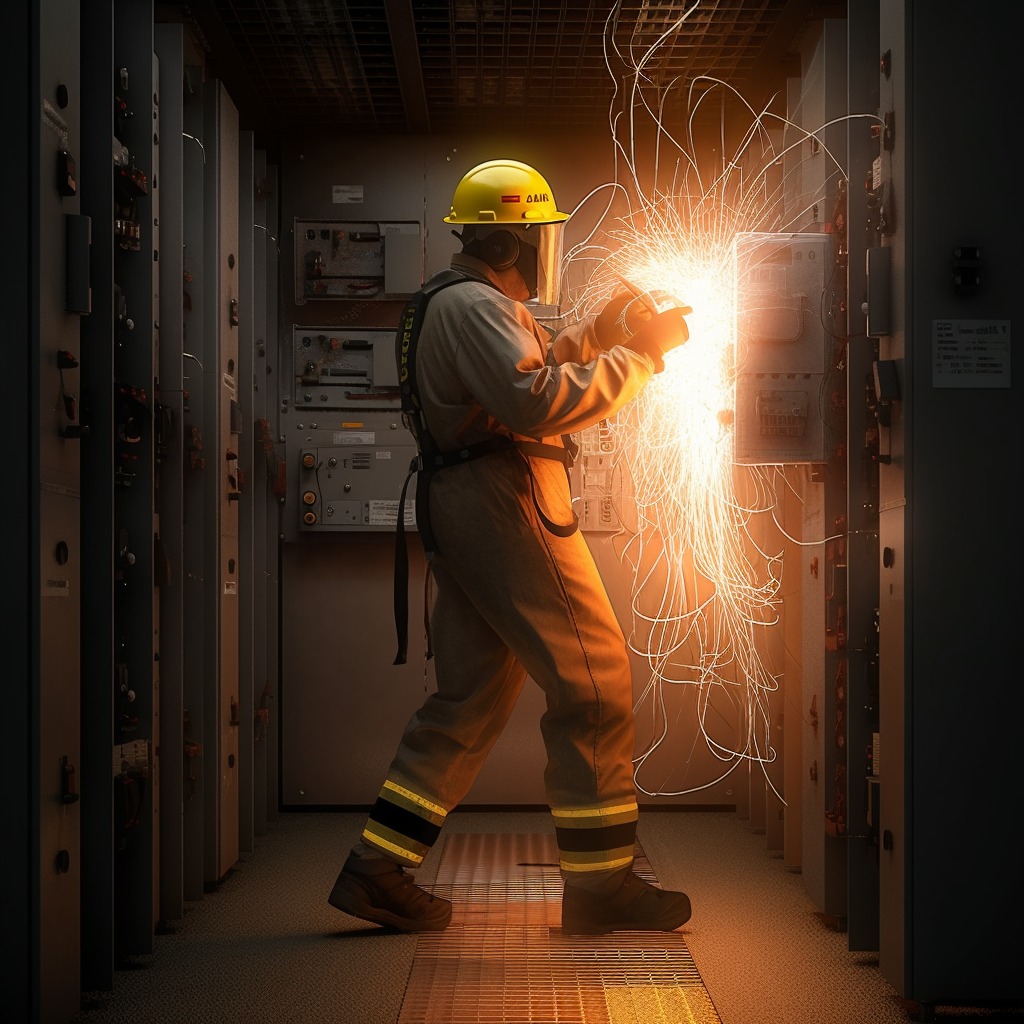
Arc Flash Study for Electrical Safety and Risk Mitigation
Our Arc Flash Study identifies the potential for dangerous arc flash incidents within your electrical system. We provide risk assessments, safety measures, and recommendations to help protect personnel and equipment from the hazards associated with arc flashes, ensuring compliance with safety standards.
An arc flash study, also known as an arc flash hazard analysis or risk assessment, is essential to ensure workplace safety in environments dealing with electrical systems. This study identifies potential arc flash hazards, estimates the risk of severe injury, and helps implement necessary safeguards, including personal protective equipment (PPE) and safety protocols.
The study follows guidelines defined in NFPA 70E: Standard for Electrical Safety in the Workplace, OSHA, NEC, and IEEE-1584 to ensure a comprehensive evaluation. The goal is to reduce the risk of accidents and injuries in industrial and commercial facilities, where arc flash incidents could result in devastating consequences.
Why is an Arc Flash Study Necessary?
The consequences of an arc flash incident include intense heat, severe burns, blinding light, hearing damage, and even potentially fatal injuries. Conducting an arc flash study helps businesses take preventative measures and protect their employees from these risks. In addition, industries must conduct this study to establish safety protocols before any accidents occur.
- Determine maximum incident energy at MV and LV switchgear
- Establish the Arc flash boundary limit based on the arc fault current and fault clearing time.
- Specify the hazard / risk category
- Recommend suitable PPE for the safety of workers.
- Generate suitable danger and warning labels.

